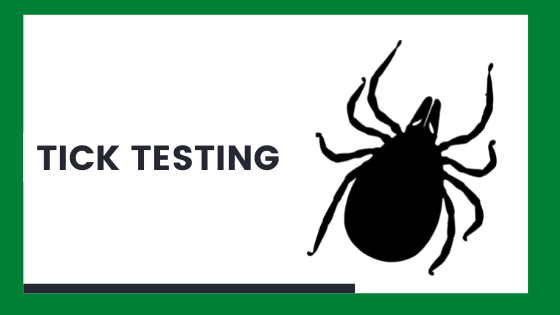
Lyme disease is somewhat difficult to identify, but, caught in an early phase, Lyme disease treatment is clear and well established, and highly effective. In other words, even if the condition was discovered recently and the symptoms are still somewhat controversial, the scientists have found the cures for Lyme disease, and they work in most cases, including the ones that have become chronic.
Before beginning the Lyme disease treatment, some tests are usually required. In patients who get the bull’s eye rash, and confirm that they may have been in contact with ticks, most doctors will start the treatment without further evidence. In other cases blood tests are needed. These are usually correct, but there have been few situations of false diagnoses (patients whose results returned positive, but who, in fact, did not have the infection).
The modern tests are based on genetic real time PCR. Genetic testing has proven to be almost 100% accurate and the test results are ready in several days and not several weeks. Blumed laboratory is a special tick testing laboratory using the latest technology. You can learn more about them, their laboratory tutaj.

Another method of diagnosing Lyme disease is a spinal tap or lumbar puncture – a procedure which establishes if the central nervous system has been infected. Spinal fluid is taken from the base of the patient’s spine. The procedure is completely safe and causes no side-effects, except some bad headaches for a few days.
Lyme disease treatment is based on antibiotics. If the disease is identified at an early stage, doxycycline is recommended for periods of 10 to 21 days for both children and adults, in doses of maximum 100 mg, taken orally, every 12 hours. In some situations, it may be replaced by amoxicicline. For later phases (including chronic arthritis, cardiac and neurological manifestations), the cures for Lyme disease are based on stronger antibiotics, such as benzylpenicilin or ceftriaxon. Both of them are powders for injections, and the treatment takes 14 to 21 days.
The Lyme disease recovery period may reach up to six months. Usually, patients respond well to the treatment and, when a failure occurs, a change of antibiotics is usually enough to solve it. Multiple courses of antibiotics are not recommended – most specialists will rather perform more tests for other unidentified causes for the same symptoms. Sometimes, post-treatment symptoms, such as fybromalgia, may be registered because of the slow Lyme disease recovery period, but there may also be other hidden infections in the organism. Taking too many antibiotics may have serious side-effects, such as gastrointestinal diseases or super-infections with other bacteria or fungi. Needless to say, the antibiotics courses are taken only with the doctor’s prescription.
A vaccine has been recently developed for Lyme disease. The vaccine uses the person’s immune system to kill the spirochete that spreads the infection in the tick, before it can actually enter the human organism. A person needs to take a 3-course session for the vaccine to work, and it is 85% effective. Still, because it is a new development, it’s not clear whether boosters are required or not, or how often it should be taken. The vaccine is recommended only for people working in high risk conditions and should not replace the prevention measures, such as using insect repellant when living in tick-infested areas.
In the end, the most important thing one needs to remember is that the Lyme disease treatment is safe and effective, and it works better if the disease is diagnosed in an early phase, before it has a chance to become chronic.


